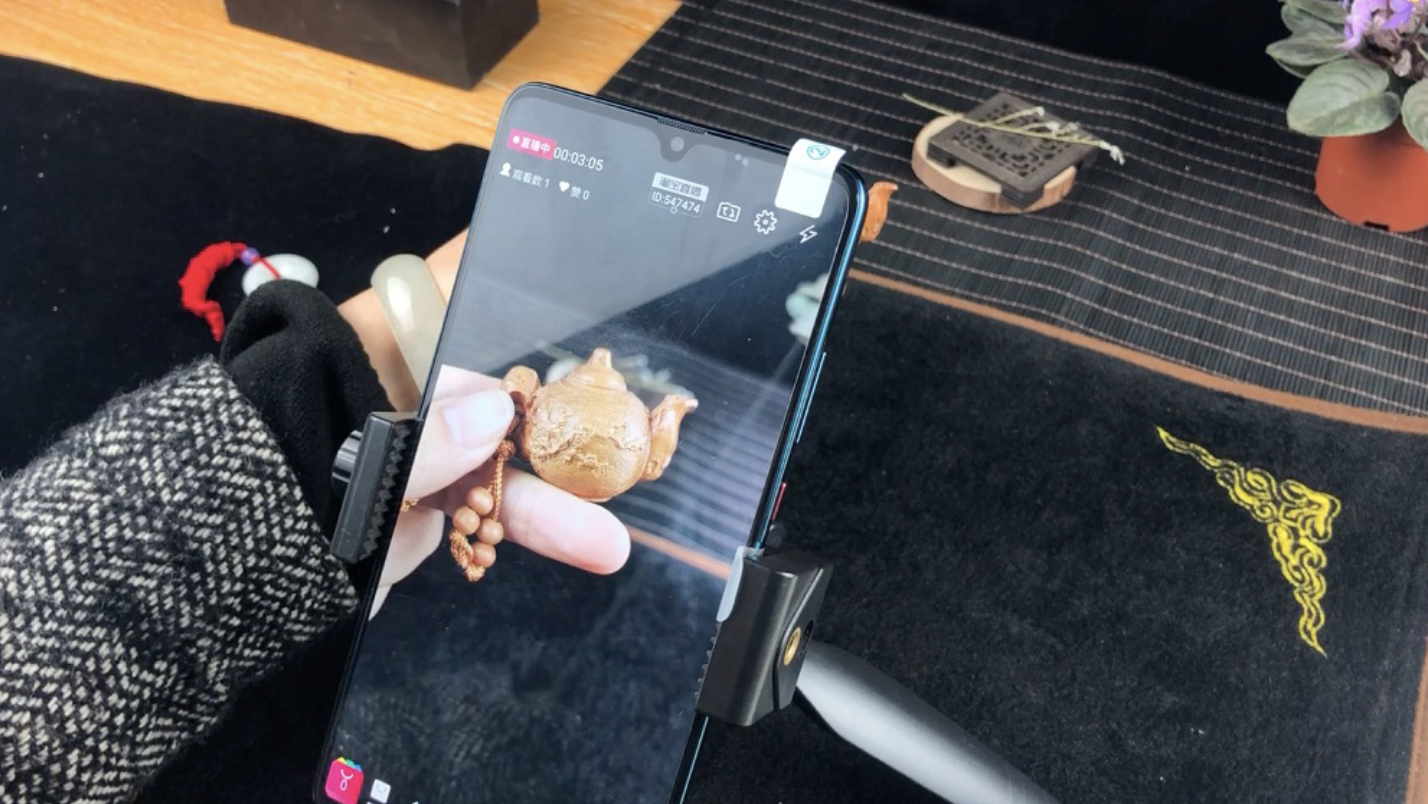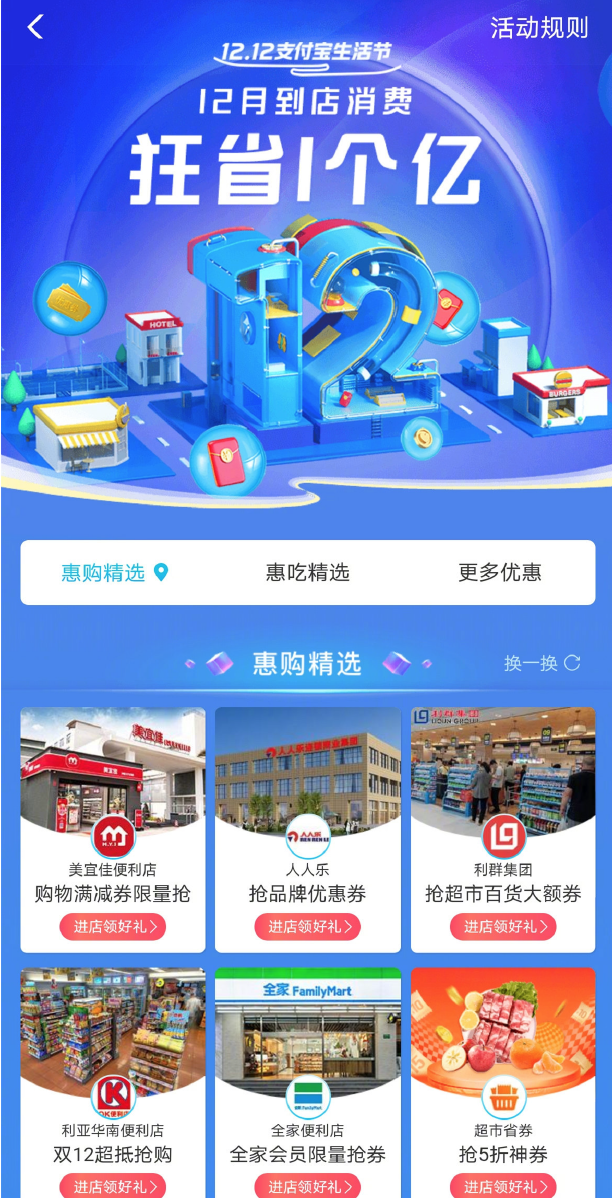
albert Chan
Double 12, which takes place every year on December 12, is China’s last major online shopping festival in the annual calendar. Launched by Alibaba in 2012, the shopping event focuses more on small and medium-sized merchants compared to last month’s Singles’ Day. Other e-commerce platforms have joined the event since it started, including JD.com and Pinduoduo.
Highlights from Double 12 on Taobao and Tmall
Similar to Singles’ Day, Taobao and Tmall ran a pre-sales period from December 1 to 11, during which consumers could secure purchases by putting down deposits before completing their orders on December 12. The two e-commerce platforms also hosted various gamified activities that offered consumers the chance to accumulate coupons and cash vouchers during the pre-sales period.
Taobao and Tmall offered over 10 million products for Double 12. According to Alibaba, the number of small and medium-sized merchants on Taobao that exceeded ¥100 million ($14 million) in GMV doubled in 2019 from 2018. Clothing, electronics and home furnishings were the top three best-selling categories on Tmall by total GMV, but cosmetics and skin care comprised the fastest-growing category, according to data firm ECDataway. Shoppers born after 1990 were the primary consumers on Double 12. In addition to cosmetics, clothing and electronics, the shopping festival saw rising demand for more health-oriented products among post-90s consumers.
With the weather in China getting colder, consumers showed preferences for winter products during Double 12. Pre-sales of products such as heated pants, heated blankets and thermal underwear recorded a sevenfold increase over 2018. China’s down-clothing brand Bosideng was the top Tmall flagship store in terms of total GMV on Double 12.
Livestreaming continues to play an important role during shopping festivals, and Double 12 was no different. Alibaba launched its livestreaming feature, powered by 5G, on December 12, which was first tested in Guangzhou. During Double 12, more than 60 industrial merchants completed a total of over 10,000 livestreaming sessions on Taobao Live, allowing viewers to purchase industrial goods directly.
[caption id="attachment_101509" align="aligncenter" width="650"] Livestreaming powered by 5G
Livestreaming powered by 5GSource: Alibaba Group[/caption]
To better serve consumers in lower-tier cities, Alibaba announced a ¥10 billion ($1.4 billion) subsidy program on Juhuasuan, its group-buying platform, on December 11. The subsidy has been applied to products including iPhones, Dyson hairdryers and the Nintendo Switch. The promotion on Juhuasuan during Double 12 attracted over 5 million users, and total GMV transacted on the platform in lower-tier cities increased 41% year over year.
Alipay’s Double 12 Lifestyle Festival Provides Discounts through Offline Merchants
Alipay launched its Double 12 Alipay Lifestyle Festival on December 1, which is set to run for the entire month. This year, Alipay partnered with platforms in Alibaba’s ecosystem, including local services Koubei and Ele.me, movie-tickets platform Taopiaopiao and online travel agency Fliggy. Consumers are able to access a variety of discounts at partnered convenience stores, gyms, movie theaters, restaurants, salons, spas and supermarkets. Popular merchants include Burger King, Carrefour, McDonald’s, Metro and Starbucks. According to Koubei, the number of transactions on Double 12 in 2019 was more than twice the total from the previous year.
[caption id="attachment_101510" align="aligncenter" width="400"] Source: Alipay Weibo[/caption]
Source: Alipay Weibo[/caption]
JD.com Continues To See Strong Consumption from Lower-Tier Cities
JD.com kicked off its 12.12 JD Warm Festival on December 1, which ran until December 12. During the 12-day sales event, the top five brands by total GMV were Apple, Huawei, Midea, Xiaomi and Haier. GMV of JD’s C2M electronics was eight times that of 2018, reflecting the popularity of C2M products. In lower-tier cities, sales volume increased 50% year over year. With the participation of local retailers and supermarkets, JD.com’s delivery service Dada-JD Daojia also reported a GMV that was 8.7 times higher in lower-tier markets in 2019 than 2018.